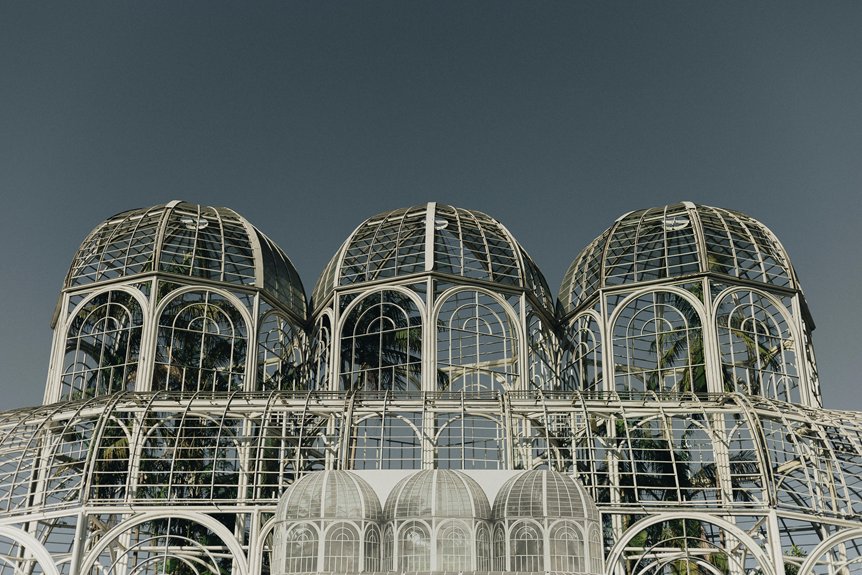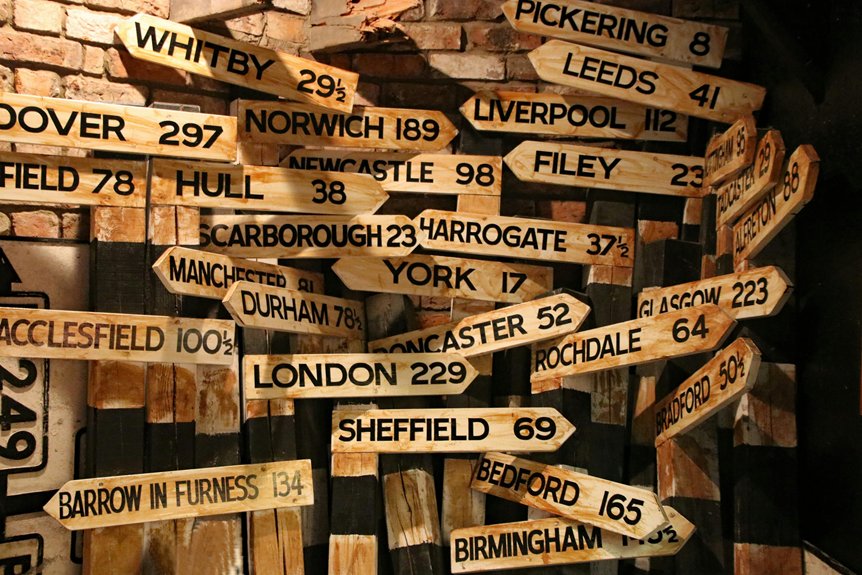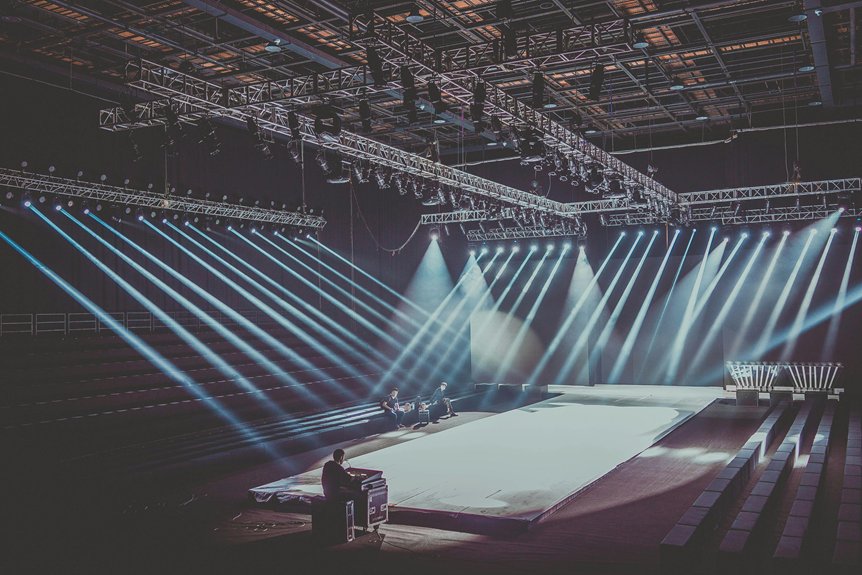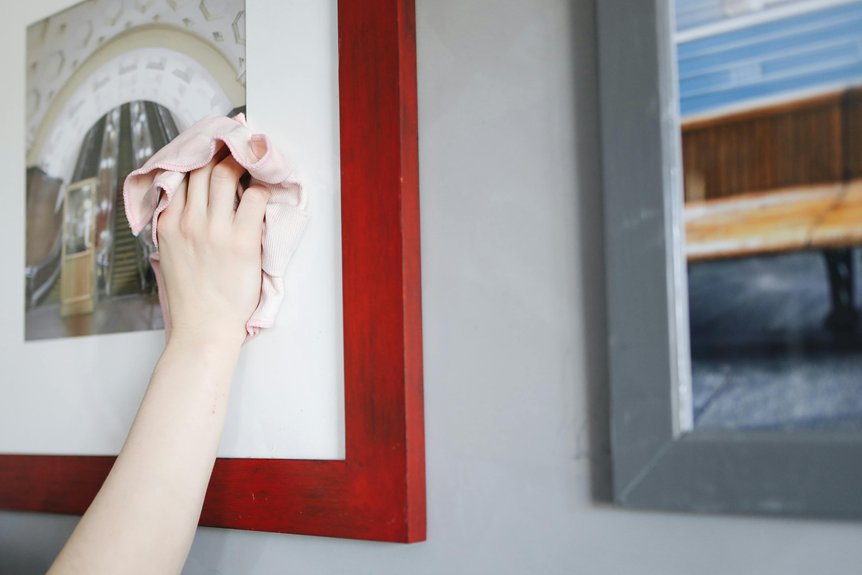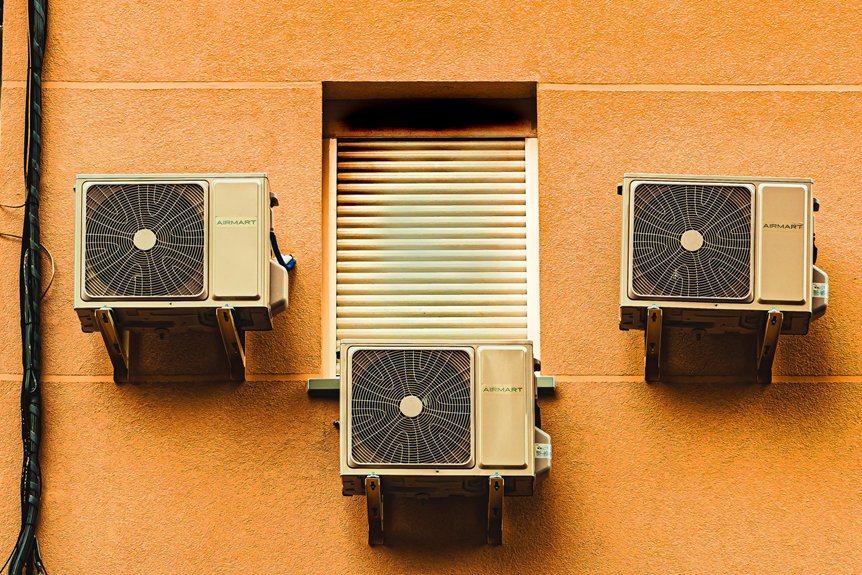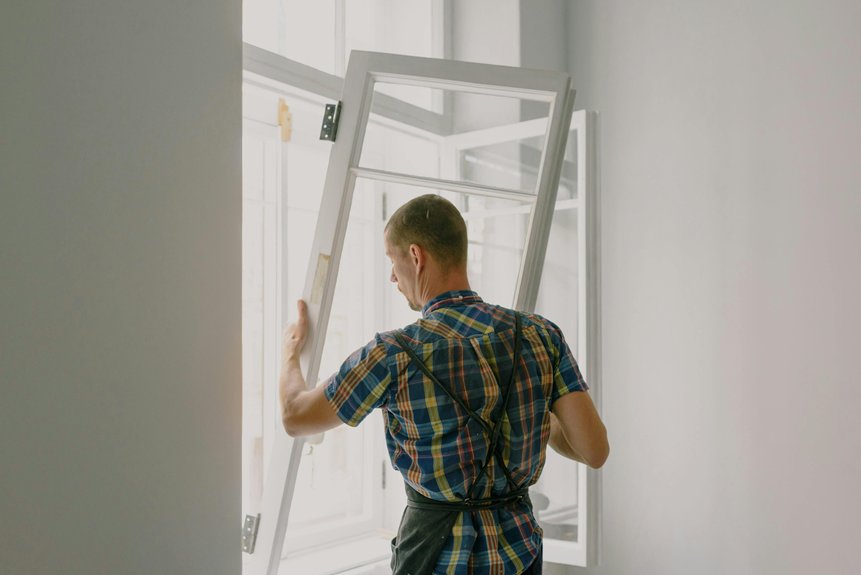When choosing between an orangery and a conservatory, think about your needs. An orangery gives you solid walls and excellent insulation, making it perfect for year-round use, while a conservatory offers a sleek, glass design that’s more budget-friendly and ideal for seasonal enjoyment. Consider your property’s style, your intended use, and how each structure enhances your home’s value. Want to explore more on which option fits your lifestyle best? There’s plenty more to discover.
Key Takeaways
- Orangeries offer better insulation and year-round usability, while conservatories are ideal for seasonal enjoyment and may be cooler in summer.
- Consider your home’s architectural style; Victorian orangeries provide classic elegance, while modern conservatories emphasize sleek, minimalist designs.
- Evaluate your budget, as orangeries generally have higher initial costs but add more value, while conservatories may be more economical options.
- Assess the intended use of the space—whether for dining, relaxation, or a home office—to determine the best fit between orangeries and conservatories.
- Check local regulations and planning permissions, as these can impact the feasibility and design of either structure on your property.
Understanding Orangeries: Definition and Features
When you think about enhancing your home, understanding orangeries can be a game changer.
Orangeries blend the beauty of outdoor spaces with functional uses, creating a stunning addition to any property. Unlike traditional conservatories, orangeries feature solid walls and large glass structures, offering a seamless integration of design elements.
Their architectural style provides a cozy yet airy atmosphere, perfect for entertaining or enjoying a quiet moment. You can use your orangery as a sunlit dining area, a vibrant garden room, or even a stylish home office.
The versatility of orangeries means they can adapt to your lifestyle while adding significant value to your home. Investing in this elegant structure not only enhances your living space but also elevates your property’s aesthetic appeal.
Understanding Conservatories: Definition and Features
Conservatories are a delightful way to bring the outdoors into your home, offering a unique blend of natural light and garden views.
These structures can enhance your living space, creating a serene retreat for relaxation or entertaining.
When exploring conservatory styles, you’ll find options ranging from Victorian to Edwardian, each boasting distinct aesthetics.
Traditional features like ornate details, large glass panels, and elegant roofs make them timeless additions to any property.
Not only do they provide a charming environment, but they also increase your home’s value and appeal. Additionally, modern conservatories are designed with energy efficiency features that ensure year-round comfort and reduce energy costs.
Architectural Styles: Orangeries vs. Conservatories
Orangeries and conservatories each offer unique architectural styles that can elevate your home’s aesthetic and functionality.
If you’re drawn to classic elegance, Victorian Orangeries might be your perfect choice. With their brick bases and large glass windows, they create a warm, inviting space that blends seamlessly with traditional homes.
On the other hand, if you prefer a sleek, contemporary look, Modern Conservatories could be the way to go. These structures often feature minimalist designs and expansive glass panels, providing an airy feel that’s perfect for modern living.
Ultimately, consider your home’s existing style and your personal taste; choosing between these two can transform your space into a stunning focal point that enhances your property’s appeal.
Materials Used in Orangeries and Conservatories
Choosing the right materials for your orangery or conservatory is essential for achieving both functionality and aesthetics.
When it comes to glass types, consider options like double or triple glazing, which enhance energy efficiency and noise reduction. Low-emissivity (Low-E) glass can also help regulate temperature, keeping your space comfortable year-round.
For structural elements, you might choose between timber, uPVC, or aluminum frames. Each material offers unique benefits regarding durability and maintenance.
Insulation options play a vital role too; insulated roofs and walls can greatly improve heat retention, making your space usable throughout the seasons. Additionally, opting for solid roofs can provide over 10 times more energy efficiency compared to polycarbonate, ensuring lower energy bills and enhanced comfort.
Natural Light and Ventilation: A Comparative Analysis
When selecting materials for your orangery or conservatory, it’s also important to contemplate how these structures will interact with natural light and ventilation.
Orangeries often feature large glass panels and roof lanterns, maximizing natural illumination and creating a bright, airy feel. This design promotes effective airflow management, allowing fresh air to circulate, especially during warmer months.
On the other hand, conservatories typically have more extensive glass surfaces, inviting abundant sunlight but may require additional ventilation solutions to prevent overheating.
Think about your local climate and how each structure’s design can enhance your living space. Ultimately, the right choice won’t only brighten your home but also guarantee comfortable airflow, making your investment worthwhile. Additionally, consider incorporating bay and bow windows to further enhance natural light and aesthetic appeal in your home.
Year-Round Usability: Comfort in Different Seasons
While considering the year-round usability of your living space, it’s essential to evaluate how well each structure performs in various seasons.
Orangeries typically offer better temperature control, thanks to their solid walls and insulation. This means you can enjoy seasonal comfort, whether it’s a chilly winter evening or a sweltering summer day.
Conservatories, with their primarily glass construction, can get too hot in summer and too cold in winter, making them less versatile.
If you want a space that adapts to changing weather, an orangery is likely your best bet.
Aesthetic Appeal: Enhancing Your Home’s Curb Appeal
A well-designed orangery or conservatory can greatly enhance your home’s curb appeal, transforming its exterior into a visual delight.
With thoughtful design integration, these structures can seamlessly blend with your existing architecture. Here are some key aesthetic benefits:
- Increased natural light: Brighten up your living space and enhance your home’s atmosphere.
- Architectural variety: Add unique elements that stand out yet complement your home.
- Seasonal beauty: Showcase beautiful plants and flowers year-round, enhancing visual interest.
- Outdoor connection: Create a sense of harmony between your indoor and outdoor spaces.
- Value addition: Boost your property’s overall appeal, attracting potential buyers.
Investing in an orangery or conservatory can truly elevate your home’s curb appeal and make a lasting impression. Additionally, with premium quality uPVC windows, you can ensure that your new space is both beautiful and energy-efficient.
Cost Considerations: Budgeting for Your Addition
Before diving into the exciting world of orangeries and conservatories, it’s essential to evaluate the costs involved in adding one of these stunning structures to your home.
Start by developing a clear budget using some effective budgeting tips. Consider factors like size, materials, and installation costs. A detailed cost breakdown will help you understand what you’re really investing in.
Orangeries typically cost more than conservatories due to their solid structures, but they often add more value to your property. Keep in mind additional expenses such as heating, lighting, and furnishings.
Planning Permissions and Regulations
Steering through planning permissions and regulations can feel overwhelming, but it’s an essential step when considering an orangery or conservatory.
Understanding these requirements guarantees you avoid costly setbacks. Here’s what you should know:
- Check local guidelines: Each area has different rules.
- Planning permissions: Some structures may require formal approval.
- Building regulations: Verify your design complies with safety and energy standards.
- Permitted development: You might qualify for exemptions under certain conditions.
- Consult professionals: Getting expert advice can simplify the process.
Making the Final Decision: Which Is Right for You?
How do you decide between an orangery and a conservatory when both can enhance your home?
Start by considering your design preferences. If you lean towards a more traditional look with solid walls and a cozy feel, an orangery might suit you best. However, if you prefer a lighter, airy atmosphere filled with glass, a conservatory could be the better option.
Next, evaluate your lifestyle needs. Are you looking for a year-round living space, or just a seasonal retreat?
An orangery often provides better insulation for all-year use, while a conservatory excels in summer enjoyment.
Ultimately, weigh these factors carefully to find the perfect fit that complements your home and enhances your everyday living experience.
Conclusion
In the end, choosing between an orangery and a conservatory is like picking the right tool for a job. Just as a skilled chef knows when to use a knife or a whisk, you’ll know which structure suits your home best by considering your style, needs, and budget. Whether you opt for the solid charm of an orangery or the airy feel of a conservatory, you’re investing in your home’s beauty and functionality—transforming your space into something truly special.

